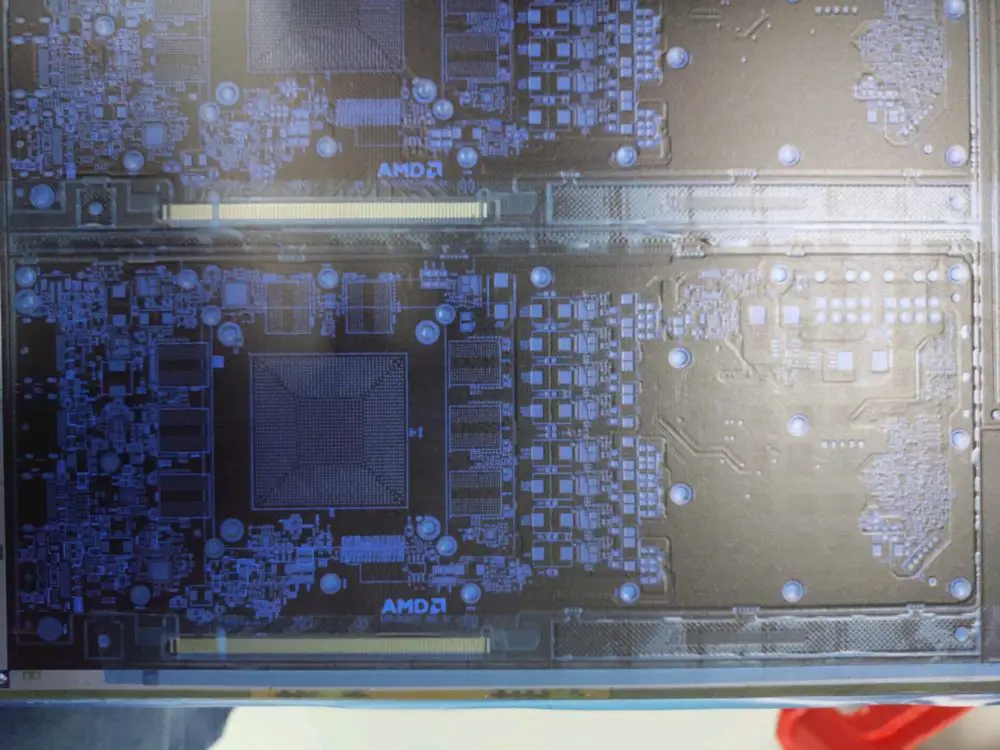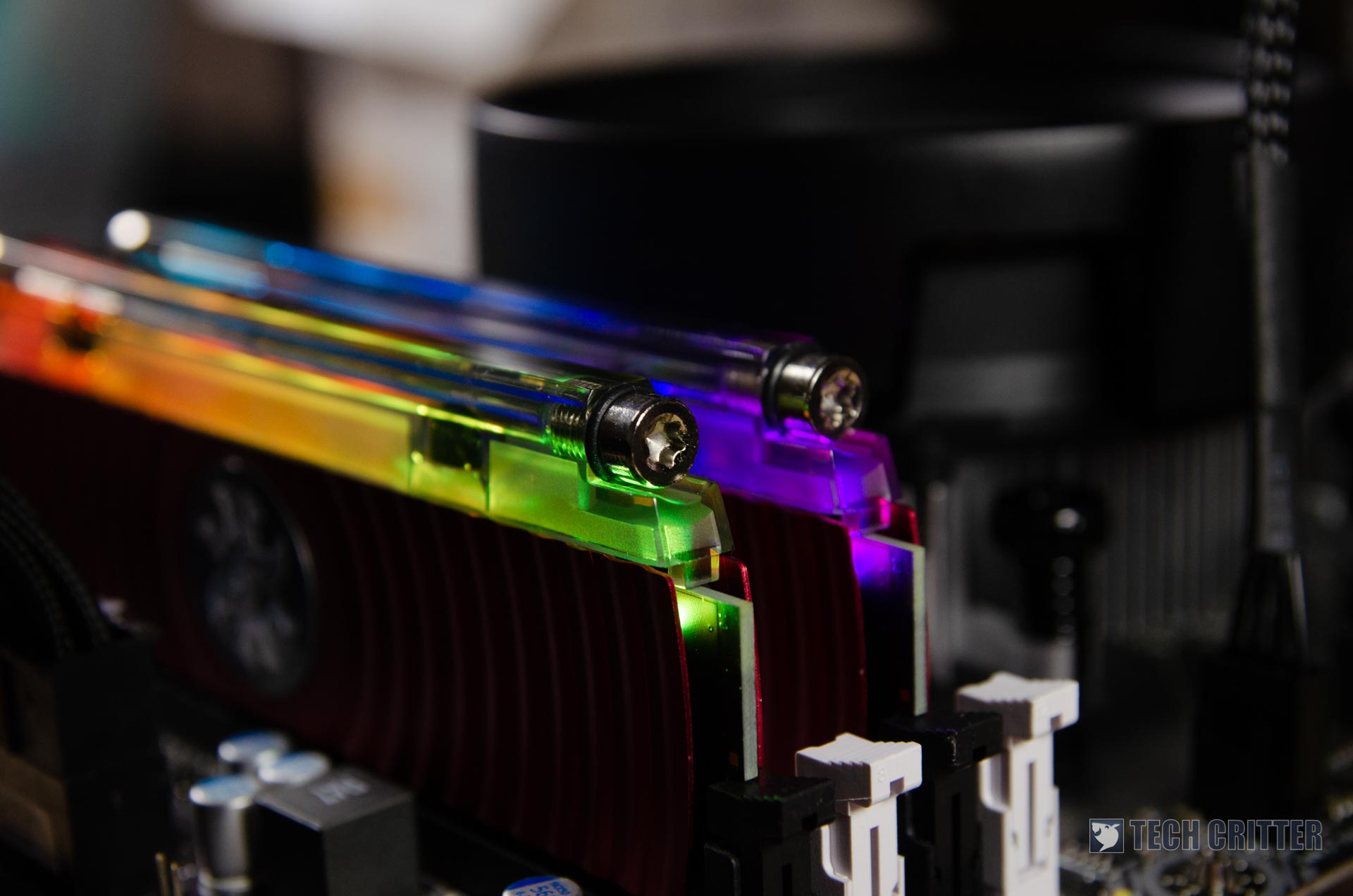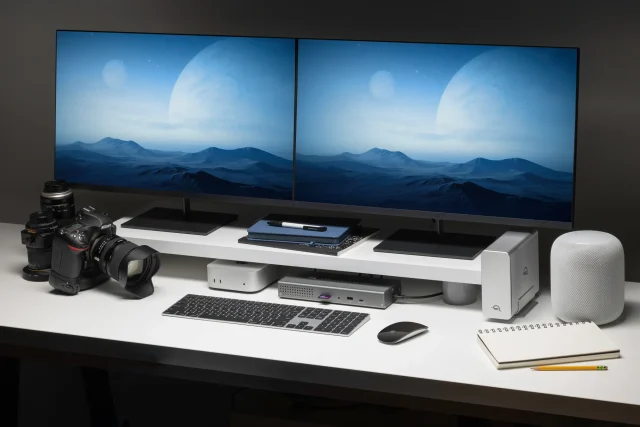After the announcement of the Ryzen 3000 mobile processors back in CES 2019, AMD has been rather quiet about the desktop counterpart of the Ryzen 3000 series CPU. The most recent “leak” from videocardz suggests that AMD will be announcing its 3rd gen Ryzen desktop CPUs alongside the Radeon Navi GPU later in Q3 2019.

Radeon Navi not targeting the high-end segment?
This piece of information was revealed during the recent AMD annual shareholder meeting, where AMD revealed that they will not be positioning the Radeon Navi GPU on the high-end segment. With that being said, there’s a high chance that we will not be seeing any Radeon Navi GPU that is in direct competition NVIDIA’s RTX 2080 or RTX 2080 Ti in the higher-end segment. The rumored Radeon RX 3080 XT that will be in direct competition with the GeForce RTX 2070 is probably AMD’s answer to that – just maybe.
In the Radeon Navi PCB leak reported by videocardz, we can confirm that the Radeon VII will still be the top model from AMD. While it’s shown that GDDR6 memory will be used, the 256-bit memory bus isn’t something that is meant for the enthusiasts, as according to AMD’s own product positioning. Therefore, the upcoming 7nm Radeon Navi will be targeted for the mainstream market where most people still game on 1080p or 1440p at most.

Vastly improved memory overclocking capability
Alongside the Radeon Navi, there’s also the much anticipated Ryzen 3000 desktop series CPU that is based on the 7nm Zen2 architecture. Compared to the past two generations of Ryzen CPUs, the 3rd gen Ryzen 3000 will be the game changer for the PC users. According to TechPowerUp, the new Zen2 architecture CPU has a dedicated chip called the “IO die”, which is the memory controller to overcome the memory limitations of the past Ryzen CPUs.
TechPowerUp’s Ryzen memory guru Yuri “1usmus” Bubliy, author of DRAM Calculator for Ryzen stated that there’s an option in the Zen2 BIOS that shows DDR-5000 in the memory frequency options. It is stated that the DRAM clock is linked to the Infinity Fabric (IF) clock domain and AMD added a 1/2 divider mode for their on-chip bus to cater for this, as 5000MHz is somewhat out of reach for the IF. The X570 chipset isn’t specifically mentioned here, but we assume that this is something that the new chipset can take advantage of as compared to the older X470 or X370 chipset. 1usmus also discovered the addition of SoC OC mode and VDDG voltage control on the newer chipset.
1usmus mentioned that AMD invested heavily to improve memory compatibility, due to the fact that Samsung has discontinued the production of its famed B-die memory chips. Apart from being AMD Ryzen certified memory, the Samsung’s B-die is known to scale really well with voltage and it’s currently the all-time favorite by the overclocking community. With Samsung B-die discontinued, AMD will have to shift its view to the better performing Hynix C-die and Micron E-die for good.
Source: TechPowerUp, Videocardz











